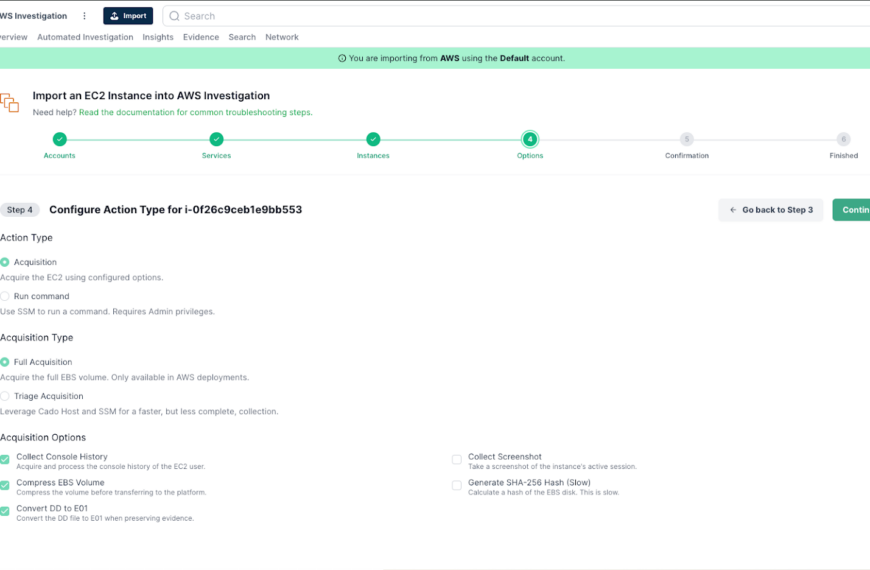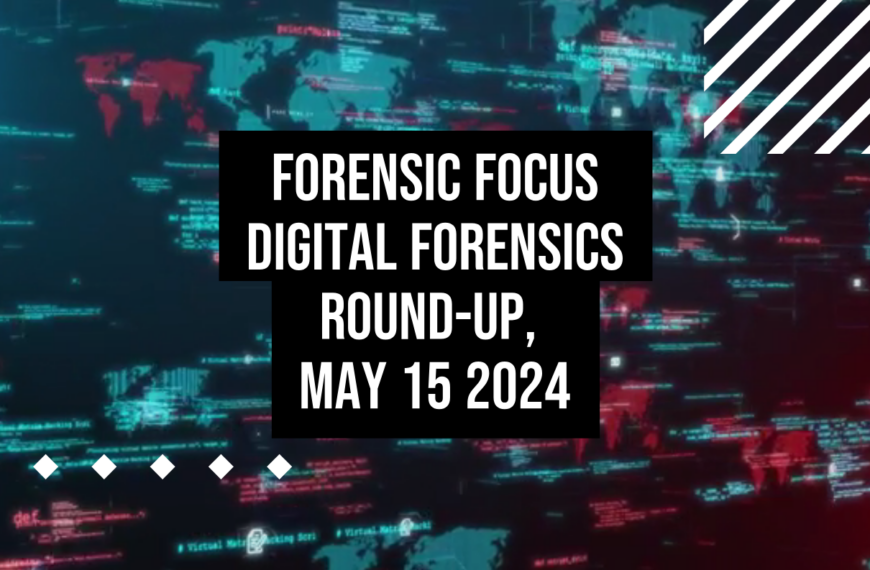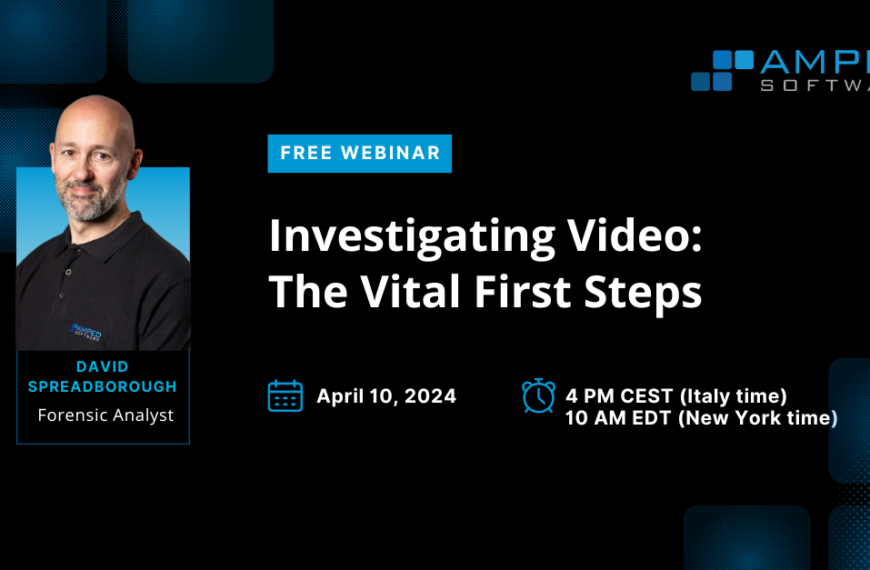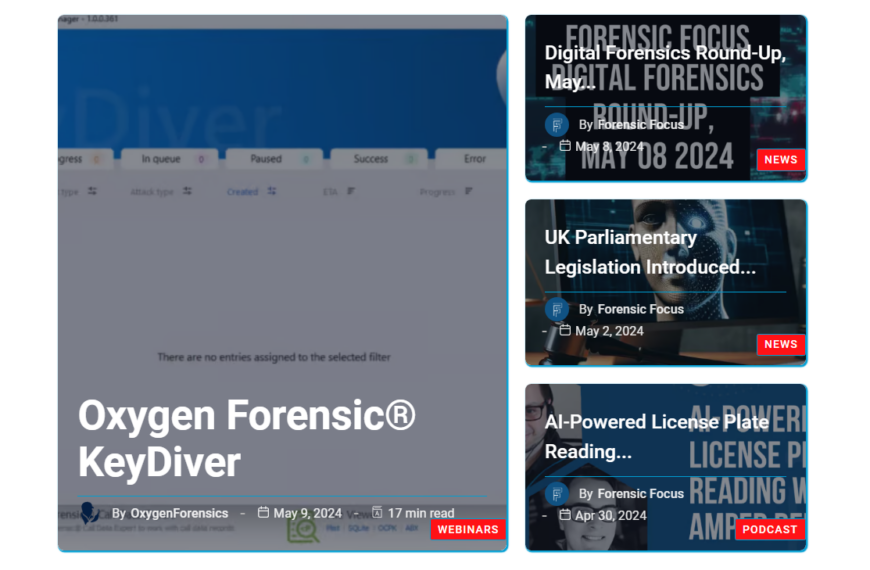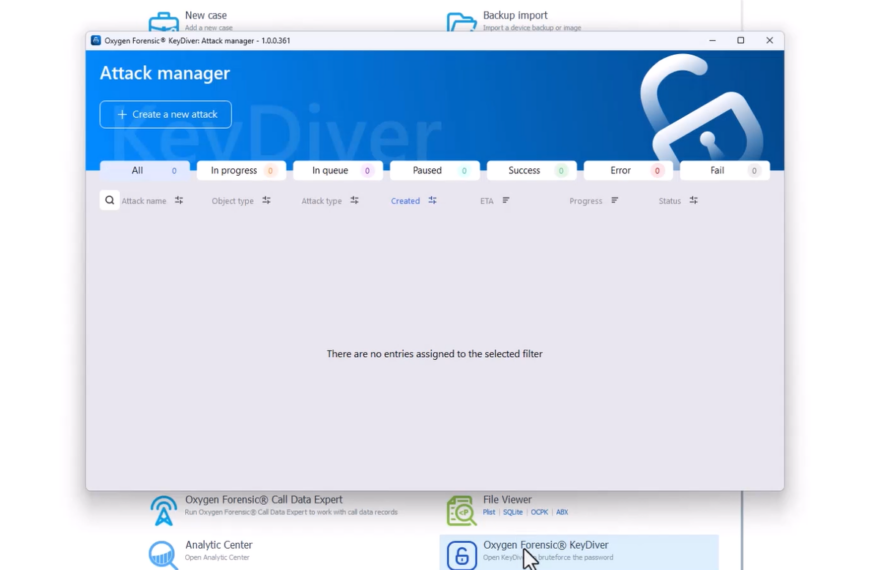The dawn of the digital age brought with it a new breed of criminal – the cybercriminal. As computers and the internet became more ubiquitous in business and personal life, those with malicious intents saw opportunities to exploit these new technologies for illegal gain. The evolution of e-crime over the past few decades has seen hackers and scammers become ever more sophisticated, organized and destructive.
The Early Days of Hacking
In the 1960s and 70s, as computer technology advanced and became more accessible, a community of young computer enthusiasts known as “hackers” emerged. These hackers were driven by curiosity and a desire to understand and experiment with computer systems and networks. Initially hacking was not malicious, but over time some hackers began to break into computer systems without permission out of a desire to explore or simply to prove they could.
Some of the earliest documented hacking incidents targeted high-profile institutions like NASA, the US military and major universities. Teenagers and college students were able to gain unauthorized access to restricted computer systems just for the thrill and challenge of it. Phone phreaking, which involved manipulating telecommunication systems and phone networks, also became popular during this time.
While these early hacking attempts were not carried out for financial gain or with destructive intent, they were illegal. The US government responded by passing the first computer crime laws in the 1970s, such as the US Privacy Act of 1974 which aimed to prevent unauthorized access to private digital data.
The Rise of Malicious Hacking
In the 1980s hacking took a turn towards the malicious. As businesses began to rely more heavily on computers and digital networks, hackers saw opportunities for profit through criminal activities.
Some of the earliest cybercrimes involved stealing credit card numbers and exploiting weaknesses in phone systems and networks. One of the first documented acts of hacking for profit came in 1983, when a group known as the 414s broke into dozens of high-profile computer systems including Los Alamos National Laboratory, Sloan-Kettering Cancer Center and Security Pacific Bank.
The late 1980s saw the rise of malicious software or “malware” – programs designed specifically to damage, disrupt or gain access to computer systems without authorization. Viruses, worms, spyware, botnets and ransomware all emerged during this time, allowing hackers to profit off of everything from stolen data to paralyzed systems.
Meanwhile, the explosion of personal computing and the early commercial internet in the 1990s opened up whole new avenues for cybercrime. Online fraud, identity theft and attacks on e-commerce platforms became prevalent as the web became central to communication, business and finance worldwide.
The Growing Threat of Cybercrime
In the 21st century, hacking and cybercrime has grown into a sophisticated, global enterprise. Cybercriminals today are often highly organized, collaborating in international networks to maximize their capabilities and profits. Malware has also become extremely advanced, allowing criminals to discreetly infect systems, steal data and monitor users without being detected.
Some key developments that have shaped the modern cybercrime landscape include:
- The rise of “crime-as-a-service” – Criminal networks now develop hacking tools, malware and other services that they sell or lease to other criminals. This allows even low-skilled individuals to commit cybercrimes.
- Cryptocurrency utilization – Criminals increasingly demand payment in untraceable cryptocurrency and use crypto platforms to launder money.
- Cloud computing exploits – Storing data and accessing programs via the cloud has expanded attack surfaces and methods. Criminals now target cloud infrastructure with advanced malware.
- Supply chain attacks – By compromising third-party vendors, hackers can access the systems of their final targets through the supply chain, avoiding firewalls.
- Explosion of ransomware – Ransomware attacks that encrypt files and systems until a ransom is paid have caused massive disruptions and financial damages.
- Nation-state threats – Governments now use cyber warfare tactics for espionage, intellectual property theft, and to disrupt critical infrastructure. State-sponsored hacking presents a major threat.
Clearly, hacking and cybercrime have greatly evolved from the curious computer enthusiasts of the 1960s. Today, e-crime is a serious threat, constantly growing in scale and sophistication. As the world becomes more dependent on computers and connected devices, cybercriminals will continue to find new vulnerabilities to exploit. Robust cybersecurity measures and policies are required to protect individuals, businesses and governments from the substantial risks and damages of modern e-crime.
The Challenges of Combating E-Crime
While hackers and cybercriminals have grown in sophistication, law enforcement and cybersecurity measures have often lagged behind. There are several key factors that make detecting and prosecuting e-crime difficult:
- Attribution problems – Criminals frequently disguise their identities and locations using VPNs, botnets, cryptocurrency, and other anonymizing methods. Attribution is one of the biggest challenges for law enforcement.
- Jurisdictional issues – Cyberspace doesn’t have physical borders, so determining which laws apply and which agencies have jurisdiction can impede investigations. International cooperation is critical.
- Lack of reporting – Many companies underreport or do not report cyberattacks and incidents to avoid reputational damage. This limits awareness and hinders law enforcement.
- Technological complexity – Investigators require specialized expertise related to hacking tools, malware code, cryptocurrency, encrypted communications etc. Criminals often have cutting-edge technical skills.
- Insufficient resources – Law enforcement has been unable to keep up with the resources and tools needed for modern cybercrime investigations. There is a substantial skills and workforce shortage.
- Privacy concerns – Measures intended to enhance cybersecurity and allow law enforcement access to digital data are often seen as potential privacy violations. Public trust must be maintained.
- While these challenges are significant, progress is being made. Governments around the world are updating laws and regulations to address cybercrime. Private sector firms are dedicating more resources towards cybersecurity and threat intelligence. Law enforcement agencies are expanding their digital forensics and technical capabilities. And greater information sharing and collaboration is occurring between security researchers, tech companies and government agencies.
Combating cybercrime will require persistent, long-term efforts to enhance cyber defenses, improve reporting practices, increase workforce skills, and streamline law enforcement efforts in the digital realm. With cyberattacks on the rise, defeating e-crime has become essential to protecting national security, economic infrastructure and public safety around the globe.
The Role of Digital Forensics in Fighting Cybercrime
As cybercriminals utilize increasingly sophisticated tools and methods, law enforcement and cybersecurity professionals rely heavily on digital forensics to support their efforts in combating cybercrime. Digital forensics involves scientifically collecting, examining, and analyzing data from digital devices and systems to uncover evidence of a crime.
Digital forensics enables the recovery and reconstruction of deleted, damaged, or encrypted digital data. By resurrecting files, communications, browsing history, and other data, investigators can recreate a suspect’s activities, timeline, and digital footprint. In-depth analysis of malware likewise provides insights into the capabilities, intentions, and identities of cybercriminals. Decryption of hidden communications exposes incriminating conversations, planning, and coordination between suspects. Forensics further helps establish evidentiary links between digital artifacts, events, and entities to illustrate complex criminal operations.
A crucial application is the ability to authenticate digital evidence through confirmation of source details like timestamps and IP addresses. This scientifically validates the accuracy and integrity of evidence for legal proceedings. Reconstructing detailed timelines of events also gives comprehensive insight into how major crimes like data breaches unfold.
Investigators can uncover hidden and encrypted data that criminals conceal to obstruct discovery. Identifying anomalies points to encrypted volumes, concealed partitions, and other hiding techniques. Rapid digital forensics facilitates tracing suspects in real-time by quickly piecing together electronic footprints. This enables faster response and improved chances of catching cybercriminals before they cover their tracks.
As cybercriminals rely more and more on computers and the internet to carry out their activities, digital forensics will become an indispensable tool for law enforcement and security professionals working to protect society from e-crime. Continuing advancement and application of digital forensic capabilities will lead to more cybercriminals being identified, their methods exposed, and ultimately to more secure and resilient systems for all individuals and organizations.
Uniting the Industry at E-Crime Conferences
In a recent podcast with Forensic Focus, Rob Fried from Sandline Global spoke about the 2023 E-Crime Symposium, which took place virtually on October 31st. Organized in collaboration with renowned forensic scientist Dr. Henry Lee, this event gathered leading voices in the field to deliver keynote presentations on cutting-edge topics related to electronic and cyber crime.
With speakers like Cellebrite’s Heather Mahalik and Jared Barnhart diving deep into mobile forensics, and experts from Chainalysis exploring cryptocurrency investigations, the symposium delivered actionable insights for practitioners. As Fried emphasized, the focus was on providing attendees—from law enforcement and legal professionals to academics—with a content-rich exploration of each topic, directly from those innovating in these spaces daily.
“I always want to bring in the people who are the practitioners, but have also made significant contributions into the space so that we can understand that these people are speaking from experience, years of experience, and they’re also giving back to the community.”
Rob Fried, Sandline Global
Conferences like the E-Crime Symposium play an important role in the ongoing fight against electronic crime. By facilitating collaboration, knowledge sharing, and proactive planning between law enforcement, industry experts, and other stakeholders, these events help strengthen our defenses in the face of constantly evolving threats.











